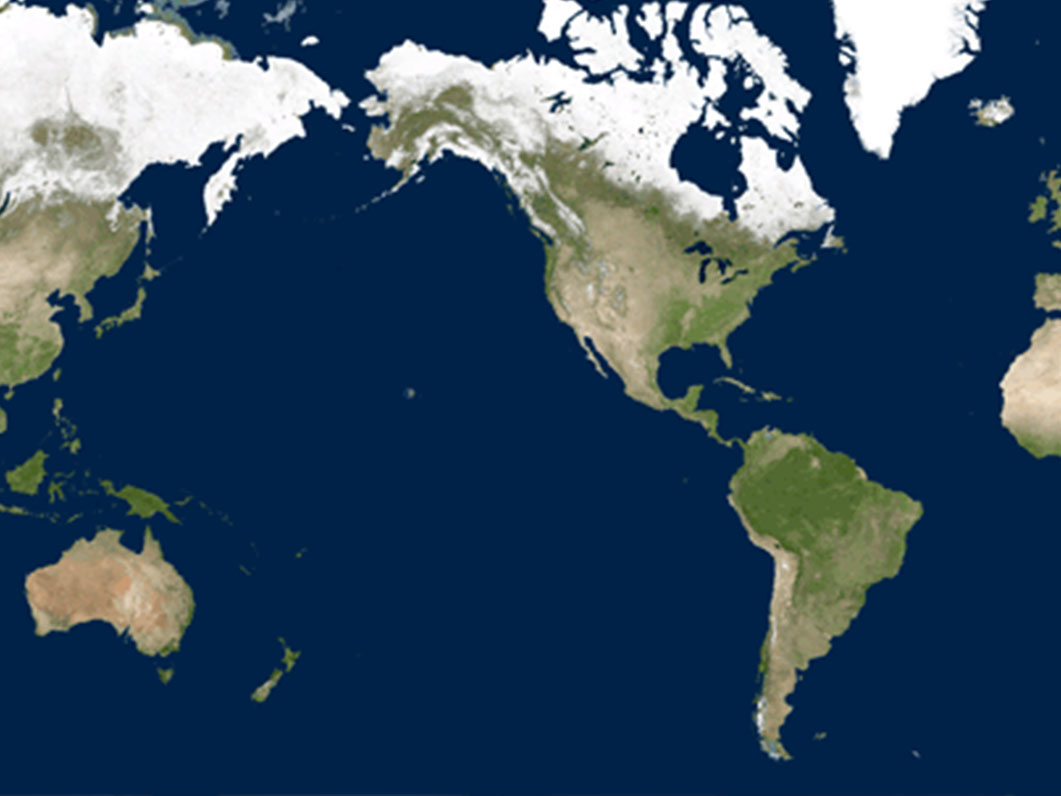Perhaps the Chinese “weather research balloon,” which was shot down last week by our military after the craft had sailed across the continental U.S., got you to thinking about meteorology and La Niña like it did us.
Comprehensive posts on the ENSO blog for December 2022 and January 2023 shed some light on weather activity caused by La Niña, which is defined by the online Oxford Dictionary as “a cooling of the water in the equatorial Pacific. This activity occurs at irregular intervals and is associated with widespread changes in weather patterns complementary to those of El Niño, but less extensive and damaging in their effects.”
Its meteorological counterpart, El Niño, is defined as “an irregularly occurring and complex series of climatic changes affecting the equatorial Pacific region and beyond every few years, characterized by the appearance of unusually warm, nutrient-poor water off northern Peru and Ecuador, typically in late December.”
And according to the ENSO (acronym short for El Niño-Southern Oscillation) website, “The ENSO blog is written, edited, and moderated by Michelle L’Heureux (NOAA Climate Prediction Center), Emily Becker (University of Miami/CIMAS), Nat Johnson (NOAA Geophysical Fluid Dynamics Laboratory), and Tom DiLiberto and Rebecca Lindsey (contractors to NOAA Climate Program Office), with a periodic guest contributor.”
Emily Becker penned both the December 22 update at part- https://www.climate.gov/news-features/blogs/december-2022-la-ni%C3%B1a-update-enso-blog-investigates-1 and the January follow-up at https://www.climate.gov/news-features/blogs/january-2023-la-ni%C3%B1a-update-and-enso-blog-investigates-part-2
In December she wrote, “As our regular readers will be very aware, La Niña has been rolling along in the tropical Pacific for many months, and our third La Niña winter in a row is under way. La Niña is the cool phase of the El Niño-Southern Oscillation… The current forecast is for La Niña to continue into the winter, with 50-50 chances for La Niña and neutral in the January–March average.”
She added to the December blog, “Forecasters are very confident that La Niña will continue in the short term, followed by a transition to neutral conditions. The exact timing of the transition is not clear, with equal chances of both La Niña and neutral for the January–March average. Confidence that La Niña will have exited by the February–April period, however, is fairly high, with a 71 percent chance of neutral. This forecast indicates that we can expect La Niña to influence our winter climate conditions this year.”
On Jan. 12 her update provided an overview of conditions at that time as a forecast.
Conditions in mid-January included: “The sea surface in the tropical Pacific has been cooler than the long-term average (1991–2020, currently) since mid-2020, and it remains so. However, we did see some weakening of this pattern over the past few weeks.”
Becker’s forecast said there’s “an 82 percent chance that La Niña will have ended and neutral conditions will reign by springtime (March–May).” She continued, “Forecasting the exact season (any three-month average is a ‘season’ in the ENSO-monitoring world) that La Niña will end (January–March? February–April?) is always challenging, since the range of potential outcomes shown in the forecast models is still substantial even just a couple months ahead.”
She continued, “Our dynamical computer models, computer programs that use complex mathematical equations to predict how current conditions will evolve in the future, are leaning toward an earlier transition. However, the statistical models, which make predictions based on how similar conditions from past years evolved, are thinking neutral conditions will arrive a little later. The forecast team is favoring the statistical models’ outlook, in part due to that strong La Niña-like atmospheric circulation…”
And she asked, “Is El Niño in store for next fall/winter??? We need to see more signs of El Niño before we would start expecting that. It’s still more than 6 months away, and the probabilities for neutral+La Niña are still pretty close to even with El Niño. Also, since ENSO is a seasonal pattern, we need to be able to expect that El Niño’s characteristic warmer-than-average tropical Pacific would be present for more than one or two months in a row.”
Becker also referenced California, noting, “One more thing to mention this month—California is getting deluged with rain and snow right now with a series of atmospheric rivers. You may be saying, ‘Hey wait, I thought La Niña meant California and the southwest would be dry this winter!’ It’s true, typical La Niña impacts include a drier-than-average southwestern U.S. and more rain and snow than average in the Pacific Northwest.
“But ENSO only makes certain seasonal impacts more or less likely—it’s not a guarantee of a drier/colder/warmer/wetter winter…”
She said that it’s “… currently impossible to predict short-term weather patterns months in advance. Right now, we can only say that La Niña winters tend to be drier across the southern U.S. Maybe in time we’ll have the capability to predict this type of subseasonal variability months in advance.”
This is an excellent blog, well-organized and written for us to understand – much easier to digest than news about a Chinese “weather balloon,” for sure.


